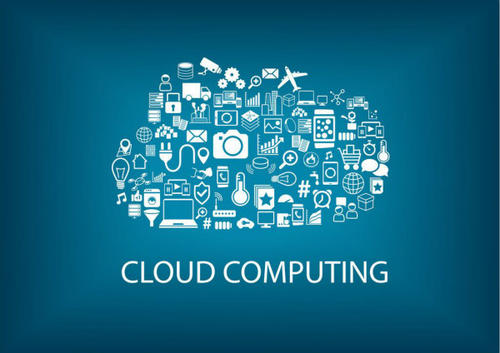Development Trend of Cloud Computing
by Miles Warren
January 15,2021
There are analysis report from Gartner. It shows that the global public cloud market will exceed 200 billion US dollars in 2019. It will continue to maintain steady growth. "Going to the Cloud" will become the first choice. It will be a prerequisite for all kinds of enterprises to speed up digital shift. It can encourage innovation and promote business growth. We can have full confidence in the future of cloud computing. We should have higher expectations. Cloud computing is in a hot state in the current era. What are the development trends of cloud computing in the future?

1. Edge Calculation
Cloud Edge is a localized data center composed of powerful servers and fast storage. The cloud provider offsets the load of applications and many other active jobs to the cloud edge state. This introduces fast processing, low latency and ultra-fast data transmission.

The edge handles demanding endpoint tasks. It transfers data back to the cloud. The edge acts as the cloud's caching platform. Edge computing releases a lot of processing power from the cloud provider's base. Bandwidth usage plummeted.
2. Cloud Automation
After 2020, it will rely more on artificial intelligence. It relies on machine learning (AI/ML) to promote cloud automation decision-making. AI/ML can perform routine and repeatable tasks on a large scale. Compared with manual operation, it can complete the task with high efficiency.
Specific use cases may be extensive log analysis. AI/ML routines absorb a large amount of log information. It looks for trends and analyze results. This can be used to predict the cause of server component failure or application crash. It can make accurate predictions based on predicted base requirements. Capacity planning can benefit from cloud automation.
3. Industry Optimized Cloud
Organizations around the world are migrating to the cloud. This has promoted the trend of providing special cloud service products for specific industries. This applies to industries with strict objectives. Such as health care, finance and legal sectors.
Some cloud service providers have industry-related consumptive cloud platforms. These platforms have complied with relevant U.S. Regulations. Outsourcing business only needs to select the right provider. They need to start using services that meet industry standards.
4. Hybrid Cloud Strategy
Another key trend appears in 2020. All CIOs hope to become utopian workspaces and technology-neutral cloud consumers. In a perfect ideal state, enterprises should distribute their core business services among multiple cloud providers. It can reduce the risk of downtime or prolonged downtime.
5. Container
The demand of containers in 2020 is important for the cloud. Docker released in 2013 and Kubernetes in 2014. The use of containers has soared. Many cloud providers have their own container application engines. These engines are sold as consumable cloud services. System heads no longer need to worry about building virtual machines and underlying base.
The development trend of cloud computing in the future is diversified.
